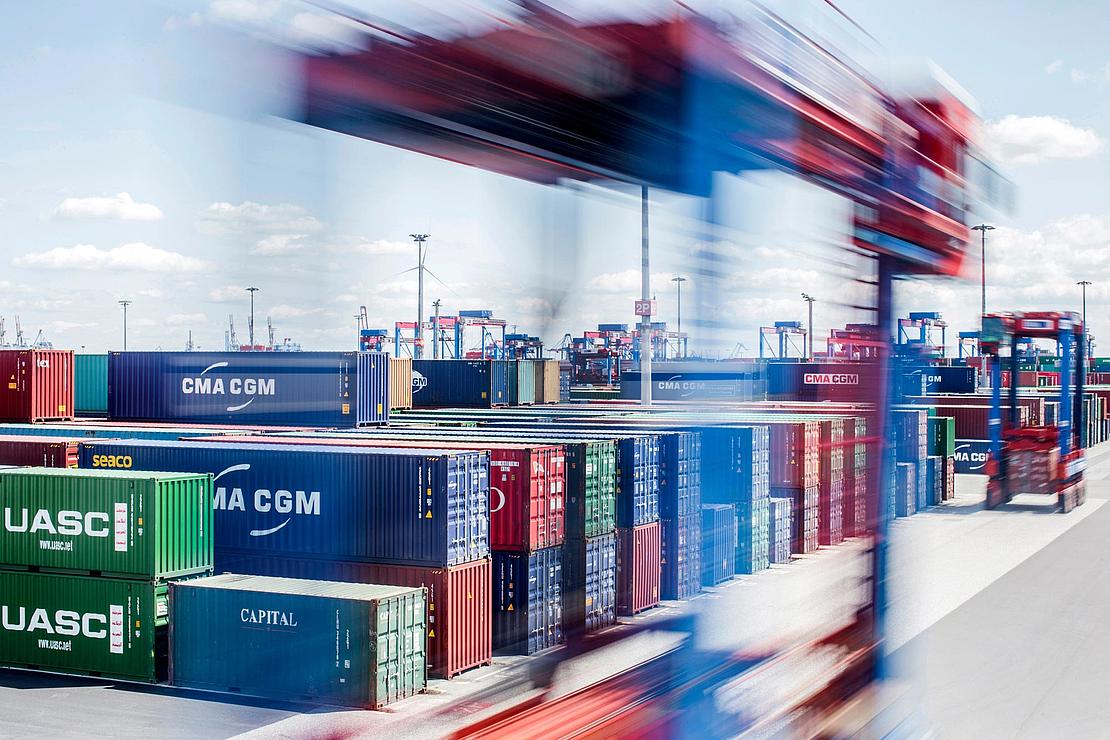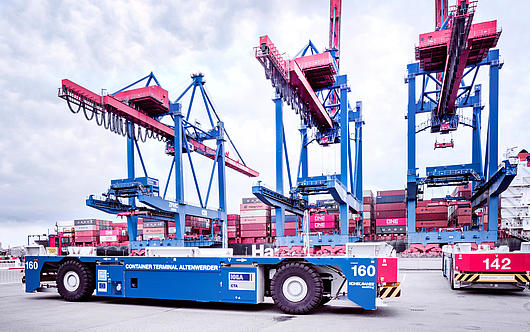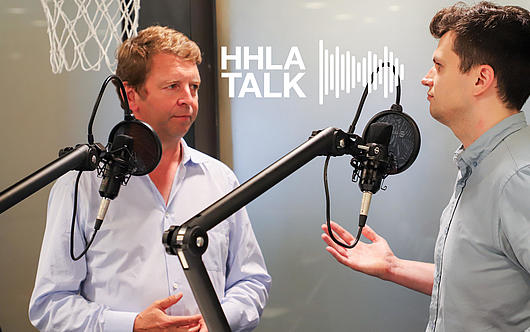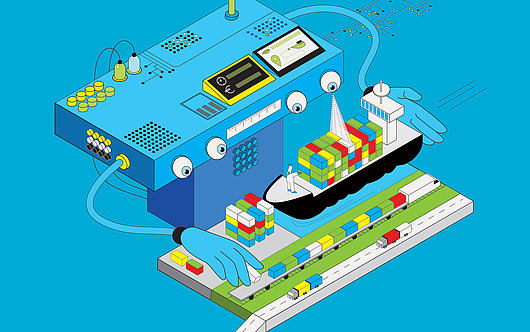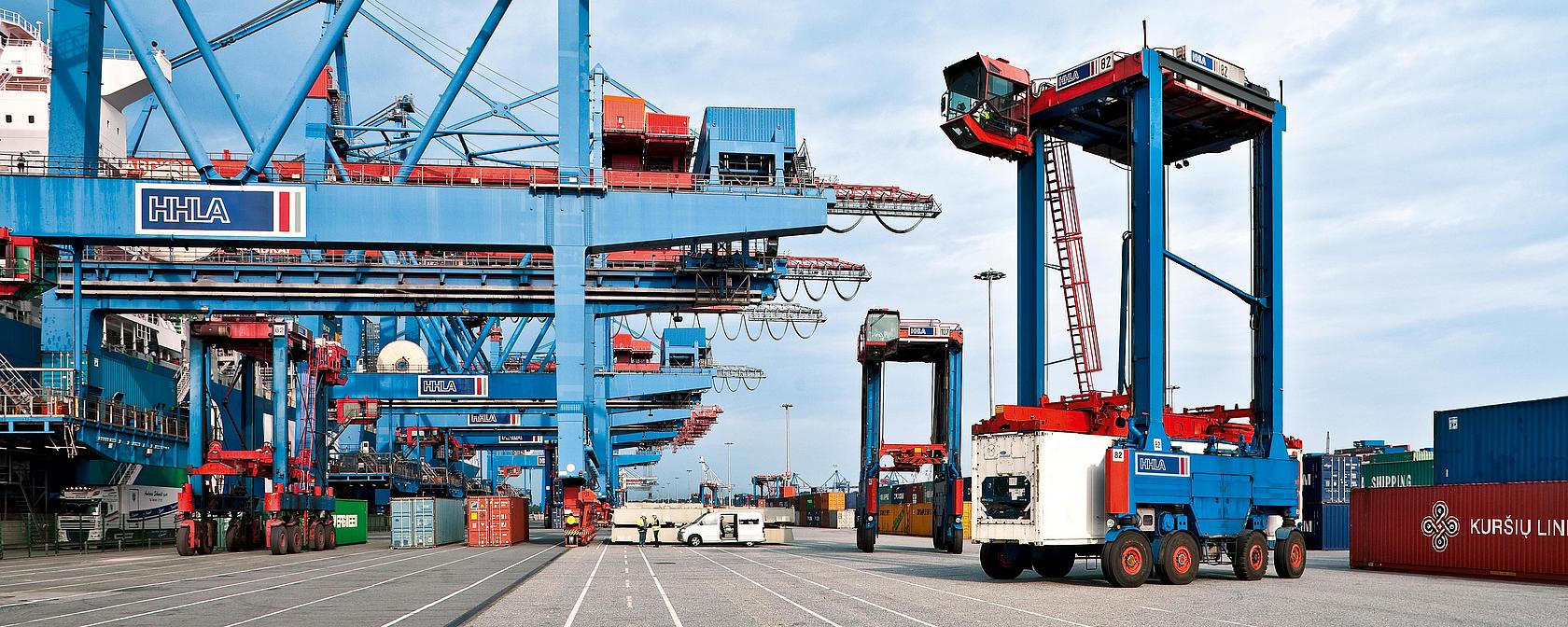
Since its beginnings in 1967, HHLA Container Terminal Burchardkai (CTB) has been a stage for a race against time. At the time, a major transformation began at the Port of Hamburg which continues even today. Prior to that, goods had been loaded onto ships in sacks and crates or as loose goods, or unloaded as cargo. However, with the transformation, the first standard-sized stackable metal boxes were now used at the port: containers.;
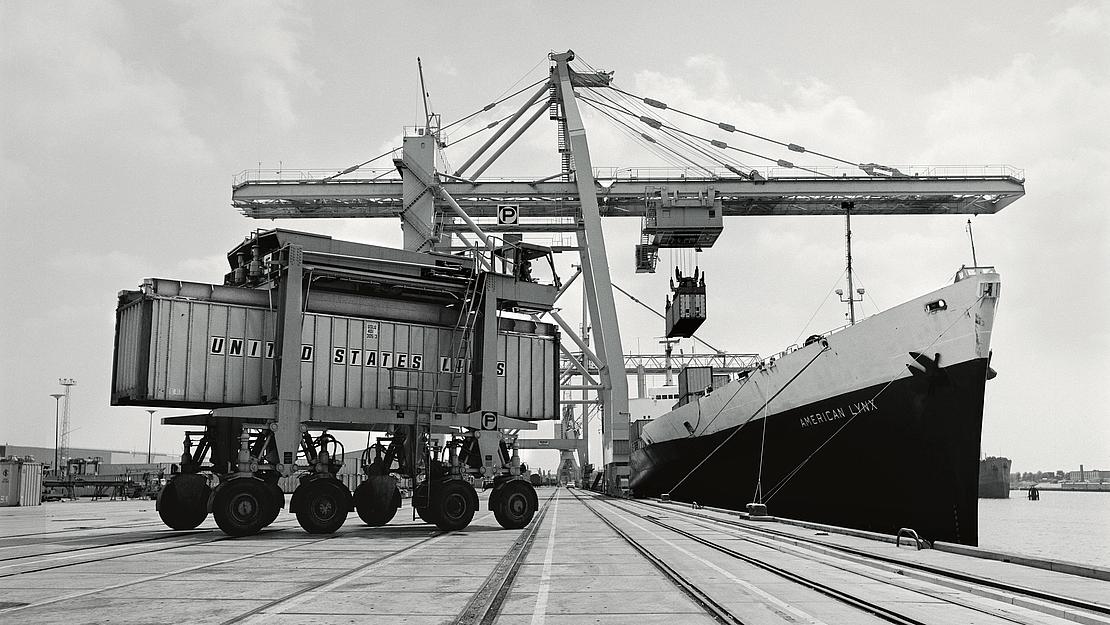
These weather-proof repositories for all kinds of goods made the handling process much faster between trucks, goods trains and ships. As a result, quayside sheds were no longer needed as covered storage places for freight and gradually disappeared from the port landscape. Within just a few years, the colourful stacks of containers in the open air had become the dominant symbol of the port. Since then, every second has mattered when it comes to handling the vast volumes of containers.
Improvisation and patience were needed
In the beginning, improvisation and patience were needed to move and position the 20- and 40-foot-long standardised containers weighing tonnes on the quayside. The port experimented with cranes or bizarre, spider-like vehicles with several movable grippers until a suitable universal vehicle was developed.
This happened in 1968, when a straddle carrier was first used on Burchardkai. Like a rolling portal, the long-legged vehicle moved over a container and lifted it from above using a special gripper called a spreader. It then moved the container hanging below its “belly” to the required location. HHLA initially ordered five Type PPH 30 samples from the Lower Saxony-based manufacturer Peiner.
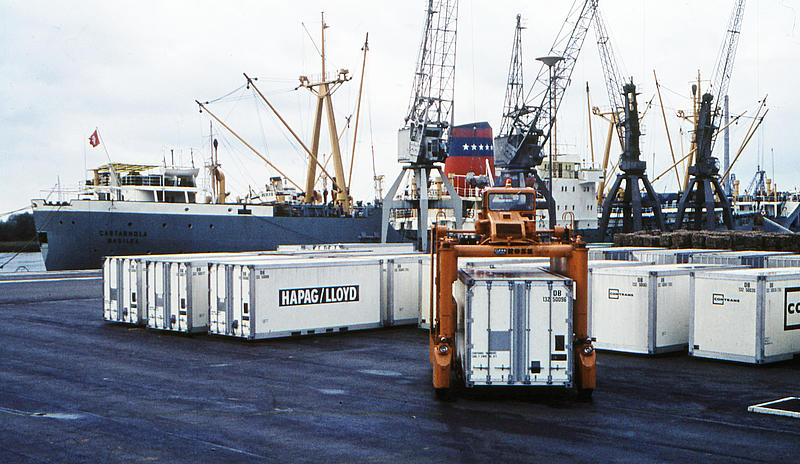
In Hamburg, these straddle carriers came to be known as “van carriers”. At first, the special vehicles also transferred the truck platform on which the container was transported by road as a unit attached to the container. However, this proved to be just as cumbersome as the fact that the first straddle carriers could only pick the containers up and place them down again. A much better approach was to stack one container – without the truck platform – on top of another. This meant that the extremely tight space on the quayside could be used more efficiently. The straddle carriers were only able to stack containers high after they were enhanced a few years later.
However, the name “van carrier” and the abbreviation VC are still commonly used terms in Hamburg today.
Straddle carriers which were able to stack three containers (“three high”) were first used at the container terminals in Hamburg in 1980. Later, this increased to a maximum of “four high”, where it remains today. Since 2007, it has even been possible to use some straddle carriers in “twin operation”, in other words with 20-foot containers simultaneously. Prior to that, however, the efficiency of the straddle carriers improved in other ways.
While the drivers initially received instructions by radio about which container location they should drive to as they sat in their cabs ten metres above the ground, a small monitor console was used in the glass enclosures from 1984 onwards. This displayed route instructions transmitted by radio – calculated as efficiently as possible by computers. And, of course, this also conserves diesel.
The rationalisation of transport routes and sequences increased when the Port of Hamburg celebrated a world premiere in 1995: a satellite-assisted GPS system (DGPS) that supported container positioning in conjunction with the laser-based positioning system LADAR. This allowed the container slots to be determined more precisely and allocated more efficiently to the straddle carrier drivers.

The LADAR optical positioning sensors, in turn, were replaced at Burchardkai from mid-2010 by technology that operates even more precisely and reliably: radio-based local positioning radar (LPR). The LPR sensors installed on the vehicle record the position and travel direction of the 130 straddle carriers in use to within 20 centimetres.
Seamless tracking of all container movements with LADAR
The system seamlessly tracks all container movements along the 16,000 slots on Burchardkai. Unlike the LADAR laser sensors, it can record straddle carriers of different heights, remains unaffected by fog or moving obstacles and does not have any “blind spots”.
The continuously optimised rationalisation of the routes helps to reduce the straddle carriers’ diesel consumption relative to the volume of containers moved. For almost 20 years, it has increasingly been a priority of HHLA to reduce the fuel consumption and greenhouse gas emissions of its straddle carrier fleet in real terms.
The general increase in environmental awareness in the 21st century has resulted in ever more stringent exhaust gas standards for diesel vehicles in Europe. For manufacturers, this meant they had to offer their customers more economical and environmentally friendly straddle carriers.
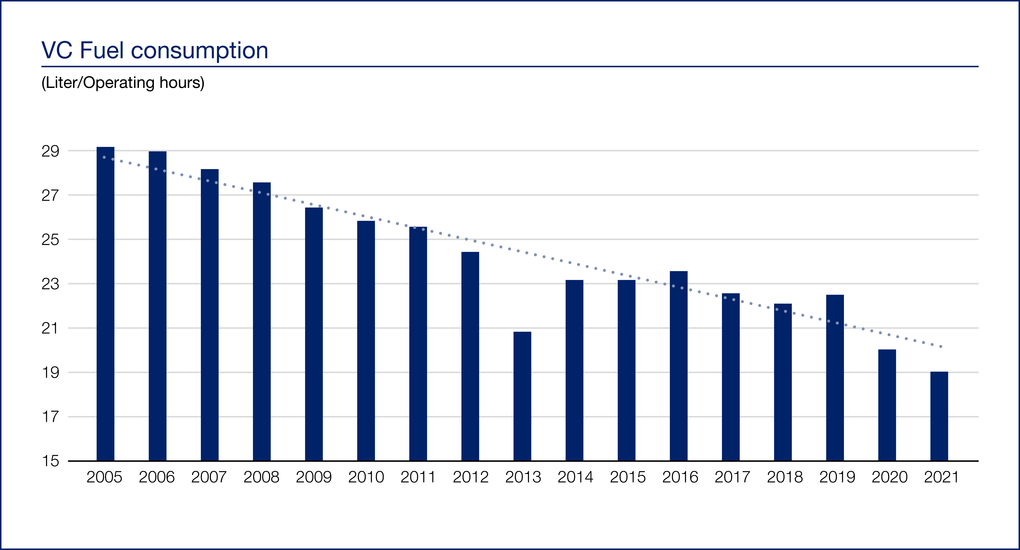
The average consumption for the entire vehicle fleet comprising around 130 straddle carriers of different ages has also fallen – from 29 litres in 2005 to 19 in 2021.
The old diesel engines consumed 32 to 38 litres of fuel per operating hour. In 2005, HHLA made another developmental leap, recalls Thea Tegge, who has been responsible for procuring straddle carriers at HHLA for many years. "The first diesel-electric straddle carriers, whose electric engines were fed by diesel generators and took over the job of diesel and hydraulic motors, came into operation. Using this equipment enabled the reduction of fuel consumption to 20 to 24 litres per hour. Further development of the diesel-electric drive system made it possible to reduce consumption to about 19 litres per hour."

Since mid-2019, van carriers with hybrid drive have been driving, in which the lithium-ion battery is only charged via the diesel generator when necessary. Advantages of the system include the reduced generator run times and the reduction of the diesel generator power required by approximately 50–60 percent (depending on the manufacturer and operating concept). The hybrid VC fleet at Container Terminal Tollerort (CTT) now comprises 18 units. When braking and lowering the container, they recover part of the energy used through so-called recuperation. This energy is fed into the battery and reduces the fuel consumption of the diesel engine. This reduces CO2 emissions significantly by around 30 to 50 tonnes per vehicle annually.
